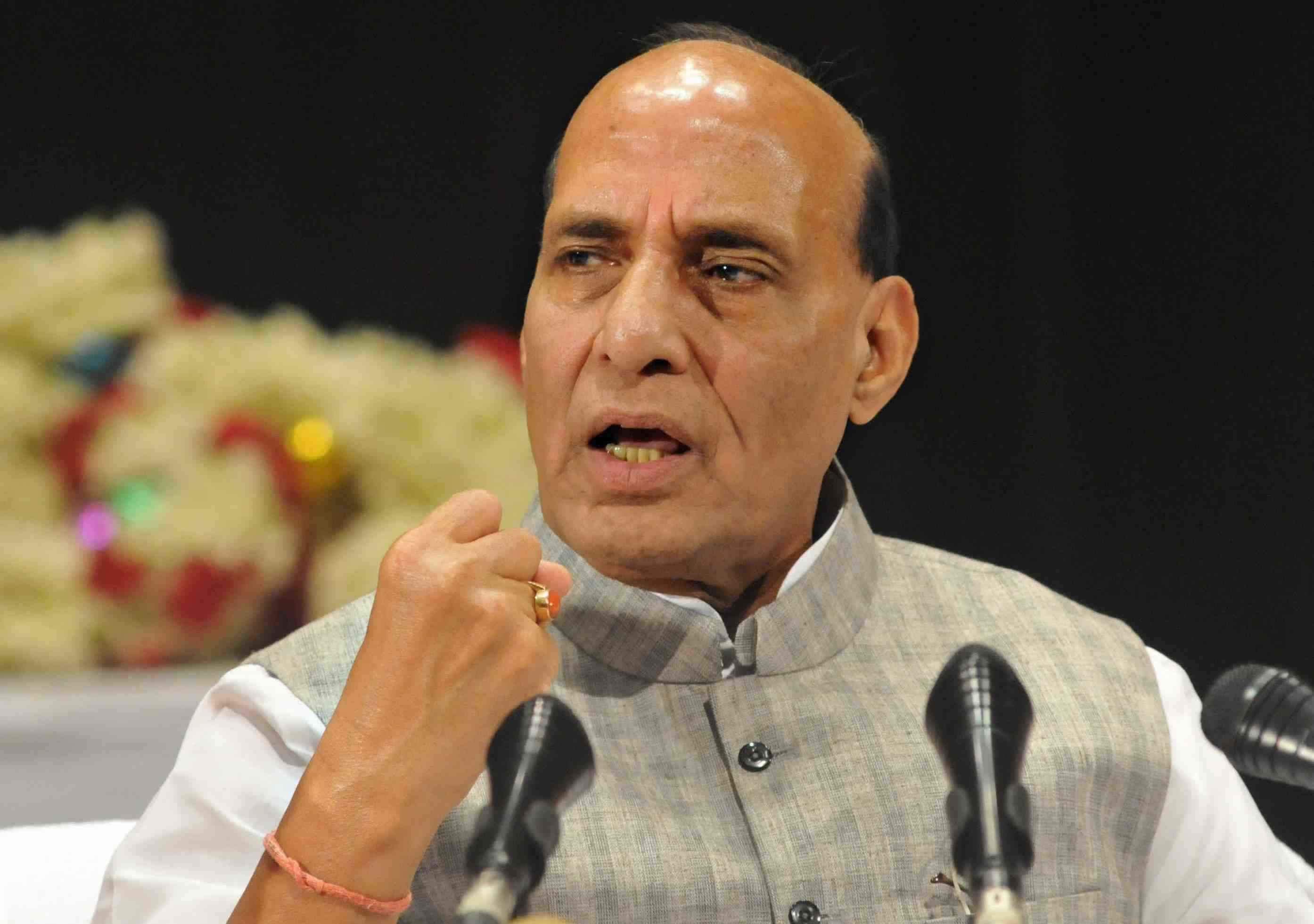The two metros can grow into major hubs of modern warfare.
Defence Minister Rajnath Singh’s announcement on 9August, banning import of 101 items by his ministry will go a long way in boosting thousands of auxiliary units in the private sector, creating lakhs of jobs soon. If given a right push, two metros—Hyderabad and Bangalore—can grow into major hubs of modern warfare, that is futuristic.
Rajnath Singh’s initiative to ban these imports is in tune with the policy drive of Prime Minister Narendra Modi’s Atmanirbhar Bharat which is aimed at converting into an opportunity a crisis that was triggered by the recent Chinese aggression along the borders.
Luckily, Covid-19 and Chinese aggression have given us a chance to introspect on our weaknesses and build foundations for a self-reliant India.
Of course, self-reliant doesn’t mean shutting doors on the outside world and going into isolation, but to unleash our potential and encouraging indigenous talent and technologies. What we are doing now is exactly what China started in the early 1980s. Sources in the private industry that caters to the defence units in Hyderabad say that India can even surpass China, if this policy is pushed in the right direction.
Ironically, Hyderabad that houses the Defence Research and Development Organisation (DRDO), with scores of divisions and around 30,000 employees, since 1958 couldn’t trigger enough auxiliary units boosting the local economy. Late PM Indira Gandhi sanctioned an ordnance factory to Medak, 50 km from Hyderabad, as a thanks giving gesture after she was elected to the Lok Sabha from there.
Neither the DRDO, that has units like Defence Electronics Research Laboratory, nor this ordnance factory that produces a clutch of electronic items could nurture any local units, leave alone job creation for the youth. The local outsourcers often complain that the items contracted to them were too small and routine to attract any talent.
Same is the case with Bharat Electronics Limited (BEL) in Bangalore, another defence unit started in 1954, with around 10,000 employees. Bangalore is the IT (Information Technology) capital of India and a start-up hub, yet very few local youth are involved in its operations.
A source from Bangalore’s IT Electronics City lamented that the defence sector always shut its doors on the local start-ups here.
Hopefully, now the situation will change. The Centre’s decision to open up the defence sector to private players and promote self-reliance at a time will definitely yield results, igniting imagination of our talented youth and boost the economy too.
The banning of 101 items like guns, tanks and armour vehicles and electronic gadgets will create around Rs 5.5 lakh crore worth market locally by 2025-26.
Already, Hyderabad houses hundreds of small and medium enterprises (SMEs) attached to the defence ministry, but they contend with producing some routine stuff, like bulletproof jackets, cartridges and nuts and bolts for tanks. The guarantee of a captive market also led them into complacency, or lack of efficiency and creativity.
Now these SMEs associated with the defence production are optimistic of scaling up their activities and competitiveness. The new rule that even the public sector ordnance factories will have to compete with private players in manufacturing of these 101 items will encourage cutting-edge technologies and competencies that can only rival that of developed countries.
Already, Hyderabad has a defence aerospace park at Adibhatla, near the Shamshabad International Airport, from where Tata Advanced Systems, Astra Microwave Technologies, Zen Technologies and Adani Aerospace Park, among others, operate. Most of these units have their core competencies in the defence sector, but they have to wait for the outside market. Now this will change.
Contrary to the DRDO or ordnance factory at Medak, this defence aerospace park near the airport is full of activity and there is a heavy demand from the defence-related SMEs for space in it. Current estimates project more such parks would come up in other states too, going by the growing space for private players in defence manufacturing.
All these years, the Centre oscillated between encouraging indigenous technologies and importing weaponry under some pressures, Now that there is a guarantee that at least 101 items would be made locally for the next five to six years, the private players can focus on ramping up their finances and technologies to meet the challenges.
Some Bangalore firms are capable of developing unmanned aerospace vehicles with advanced simulated systems. In future, wars can be guided from a simulated centre in Bangalore, Hyderabad or Mumbai, with fighter jets stationed in Punjab or Kashmir with targets of hundreds of miles across borders. Cyberspace will determine the outcomes in aerospace.
Not just these big cities, even tier-2 or 3 cities like Bhubaneswar, Indore, or Calicut can become hubs of defence industry, if all the 41 ordnance factories in the country encourage private auxiliary units. The Centre that is focused on Atmanirbhar Bharat in the defence sector can corporatise the ordnance factories and expand the list of 101 items for banned imports in the near future.

